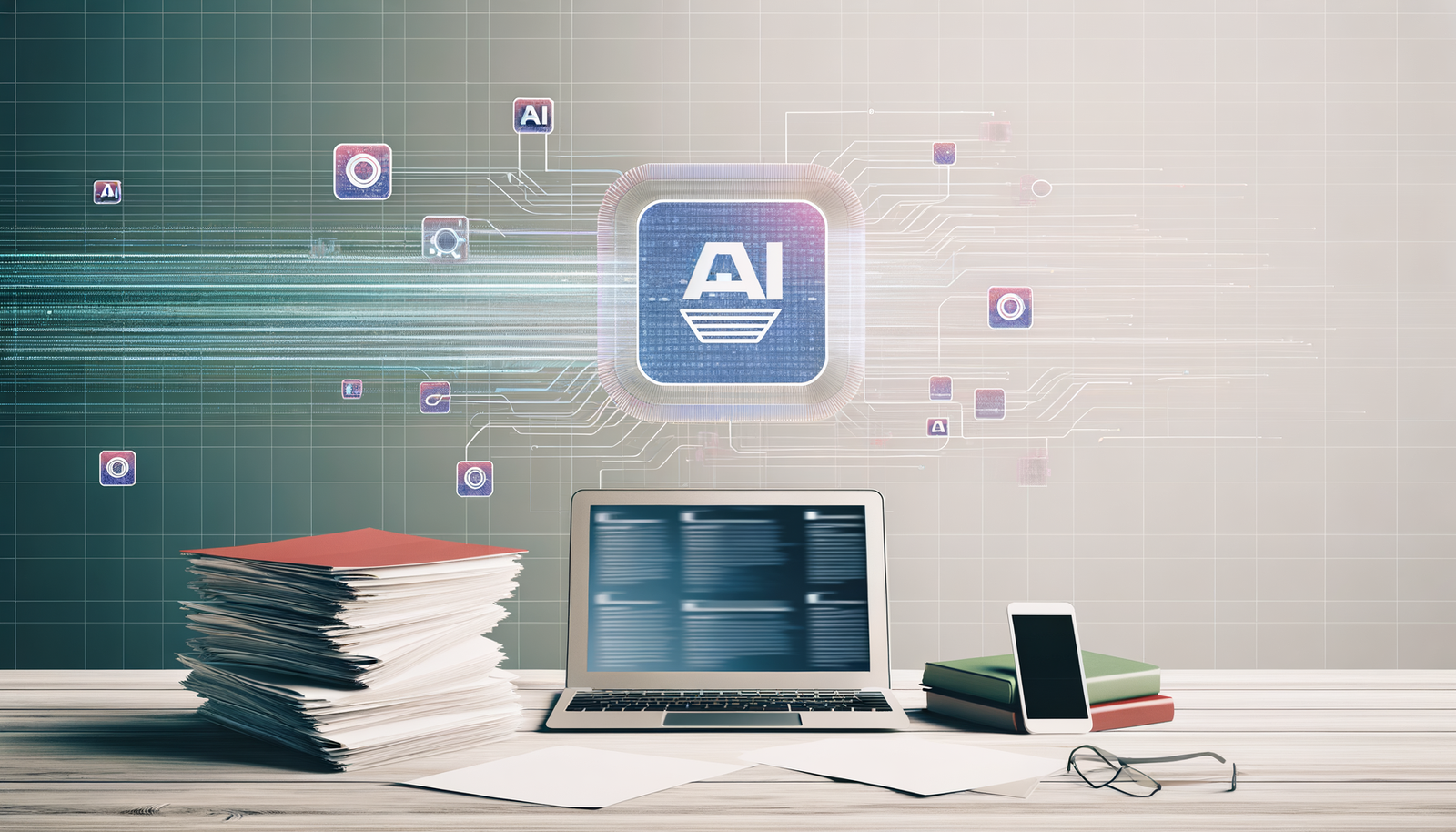Retrieval-Augmented Generation (RAG) is revolutionizing the way AI systems operate by merging powerful language models with external knowledge sources. This innovative approach allows the AI to first search for relevant information, effectively unlocking smarter AI capabilities. Interestingly, studies show that fewer documents can often deliver better results. By focusing on quality over quantity, RAG ensures that the AI retrieves precise data, enhancing its responses and overall performance. In this exploration, we will delve into the mechanisms and benefits of RAG, highlighting how this strategy not only improves efficiency but also elevates the intelligence of AI systems.
Unlock Smarter AI: Why Fewer Documents Deliver Better Results
Imagine standing in a vast library teeming with countless books. Intimidating, isn’t it? But what if you had a magical librarian who could sift through the mountain of knowledge to find the exact piece of information you need, and in a fraction of the time? This is essentially what Retrieval-Augmented Generation (RAG) brings to the table in the world of artificial intelligence. But instead of sorting through countless tomes, RAG focuses on retrieving fewer yet more relevant documents that sharpen and enrich AI-generated answers. Let’s unravel how this transformative approach can illuminate the path of AI capabilities.
The Power of Precision over Volume
When it comes to retrieving information, the instinct might be to find and collect as much data as possible. However, research and expert insights indicate that less can often yield more—especially in the realm of AI. This principle is underpinned by the notion that AI systems thrive on high-quality information, enabling them to generate more accurate and contextually relevant answers. In RAG, the AI narrows its search to precision, resulting in enhanced understanding and interaction.
Why is this the case? It boils down to cognitive overload. Just like a human brain, which can struggle with processing too much information at once, AI models can exhibit diminished performance when bombarded with vast amounts of data. The chaos of irrelevant documents can drown out the key insights that truly matter. This emphasis on quality transforms the AI interaction experience—from merely speaking to crafting meaningful conversations.
How Retrieval-Augmented Generation Works
To appreciate the benefits of RAG fully, one must understand its operational mechanics. At its core, RAG combines two essential components: retrieval and generation. Here’s how they mesh together:
- Retrieval: Initially, the system identifies and retrieves documents from a database or knowledge base that most closely pertains to a query.
- Generation: With the relevant documents gathered, the AI employs them as a foundation for producing its responses. Instead of basing answers purely on patterns in the data it has already been trained on, the AI now has access to factual, contextual information.
This dual process enhances the AI’s output by ensuring that the information integrated into its responses is not only accurate but also rich in context, leading to better conversational and informative exchanges.
The Impact of Fewer Documents
Let’s dive deeper into the advantages of retrieving fewer, more relevant documents. The notion may seem counterintuitive, especially if one is accustomed to the idea of drowning in data to find insight. But as we’ve established, less is more. Here are several critical benefits:
- Improved Relevance: When the AI system focuses on a select few documents, it draws from the most relevant data. This enhances the responses, making them not only more accurate but also more aligned with user intent.
- Increased Efficiency: With fewer documents comes faster processing times. This enables the AI to deliver results more quickly, enhancing user experience by reducing waiting times.
- Better Contextual Understanding: Fewer documents mean less noise. The AI can hone in on the critical context and nuances of the information, leading to responses that are more insightful.
- Reduced Cognitive Load: By minimizing the amount of information considered, the AI maintains clarity. This allows it to generate responses that are coherent, focused, and devoid of confusing tangents.
- Enhanced Learning: A focused approach allows AI systems to learn more comprehensively from the data they interact with. Instead of trying to distill insights from a sea of information, the AI can refine its understanding of key elements more effectively.
Real-World Applications of RAG
The magic of fewer documents isn’t merely theoretical. Organizations and institutions leveraging RAG’s advantages have started to see significant improvements across a variety of sectors:
- Customer Support: Companies are using AI chatbots powered by RAG to provide more accurate responses to customer queries. Because these systems access curated datasets, clients receive timely and relevant assistance that improves their overall satisfaction.
- Healthcare: In the realm of medicine, AI systems using RAG can quickly pull up patient records, studies, and drug information. This allows doctors to make more informed decisions with less room for error, demonstrating how fewer documents can remarkably elevate life-saving practices.
- Education: Adaptive learning platforms are utilizing RAG to craft personalized educational experiences. By narrowing content to individual student needs, educators can support growth without overwhelming learners with irrelevant materials.
- Content Creation: Writers and content creators often face the challenge of information overload. By having AI assist in curating specific documents related to a topic, they can streamline the drafting process, creating content that is both engaging and informative.
Challenges and Considerations
While the benefits of fewer documents are compelling, it’s essential to address the challenges that come with implementing RAG systems. No technology is flawless, and organizations must remain cautious:
- Data Quality: The effectiveness of RAG hinges on the quality of the documents retrieved. If the base dataset is flawed or biased, the AI responses will reflect those imperfections.
- Blind Spots: Over-reliance on a narrow set of documents may sometimes result in missing diverse perspectives or crucial insights. Careful moderation and curation are necessary to ensure a broader spectrum of understanding.
- Resource Allocation: Developing efficient RAG systems can demand significant initial investments in terms of time, finances, and expertise to set up a robust knowledge retrieval framework.
The Future of AI with RAG
As we stand on the brink of a new frontier in artificial intelligence powered by Retrieval-Augmented Generation, the potential for smarter AI is electrifying. The world is becoming increasingly interconnected through data, and navigating this information maze is vital. With fewer, the right documents, AI can engage in conversations that resonate with humanity—making interactions more meaningful.
Soon, as we deploy more AI systems leveraging RAG principles, we will likely realize even more innovative applications. This evolution may resemble a collaborative dance, where human intelligence and artificial intelligence harmonize, facilitating a future ripe with opportunities, solutions, and creativity.
So, as we embrace the idea of fewer documents yielding better results, let’s celebrate the emergence of AI that not only thinks but understands in ways that are relevant and impactful. The essence of unlocking smarter AI lies within our grasp—fewer is indeed more!
For those interested in learning more about how AI technology can reshape the future, visit Neyrotex.com for insightful information.







